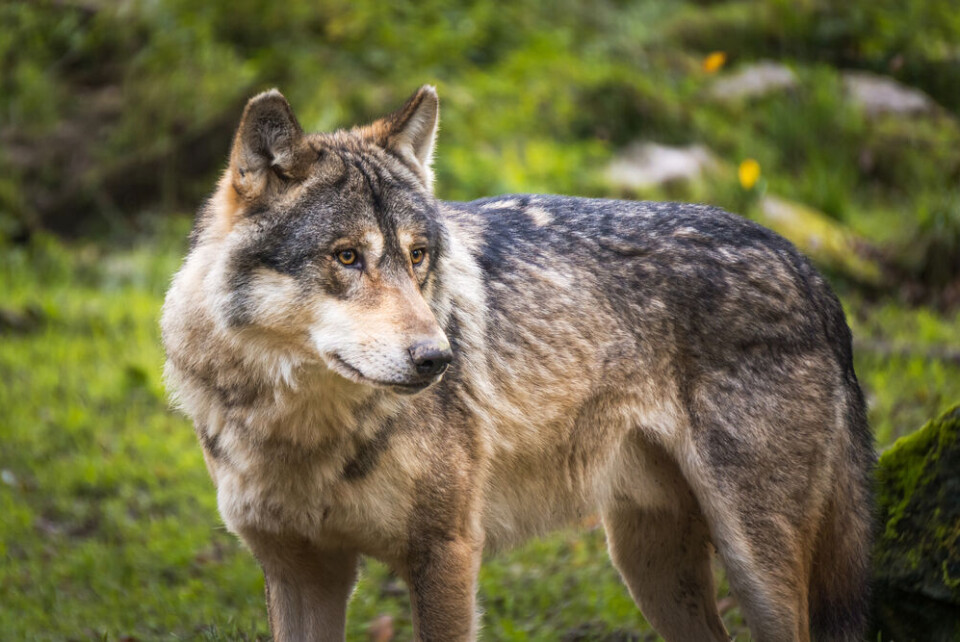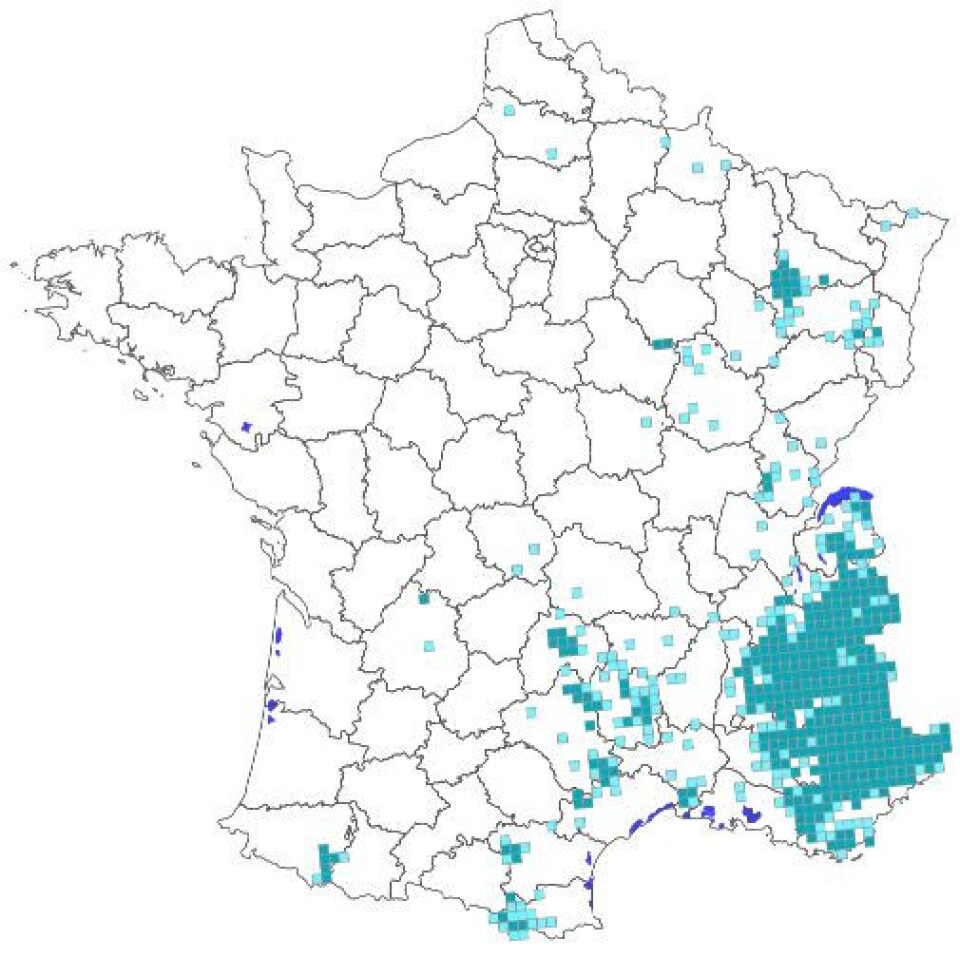-
When are doctor fees rising in France and will reimbursement be affected?
There will be two waves of increases
-
Why have thousands of hospital beds closed in France?
A new report shows that the number of full hospitalisation beds has dropped by more than 10% in 10 years
-
Brittany steps up fight against rising numbers of wild boar
Global warming is enabling the boar to proliferate which brings higher risks to roads, trains, farms, and private residents
Wolf numbers increase in France, rules on hunting them to be relaxed
See where wolves have been spotted, including several sole animals in west France

The wolf population has grown radically in the past five years in France, both in their number and in the territory that they cover. As a result the government has changed their categorisation from a ‘strictly protected’ to a ‘protected’ species, causing alarm among conservation groups.
The government unveiled a new plan on Monday (September 18) for managing France’s wolf population, which allows for more wolves to be killed each year and gives more resources to farmers affected by their presence.
The new strategy, called the Nouveau Plan Loup 2024-2029, was created on advice from the Groupe nationale loup but has met with disapproval from both farmers and animal rights activists, who called it “unacceptable”.
Several animal welfare groups that were members of the Groupe nationale loup have withdrawn from the advisory body in protest.
What is the new strategy to manage the wolf population?
This is the fifth plan loup used since the re-emergence of wolves in France.
“The first four plan loups allowed us to reach a population threshold to safeguard the species after its natural return in the 1990s,” wrote Fabienne Buccio, prefect of Auvergne-Rhône-Alpes, in the preamble to the new plan.
“The main aim of the fifth plan is to strengthen the previous actions to establish a balance between the preservation of wolves and the protection of animal livestock and pastoral activity,” she wrote.
Under the new plan:
- Wolf-hunters can kill 21% each year, up from 19% at present
- Wolf-hunters will be permitted to use night-vision and hunt in pairs (previously they had to be alone).
- An online platform will be created to streamline the deployment of wolf-hunters
- Subsidies will be made available for protection dogs and training
- The status of wolves is reduced from strictly protected’ to ‘protected’
- Reimbursement for lost livestock will be faster
How many wolves are there in France and where?
The Office français de la biodiversité (OFB) estimates that there were 1,104 wolves in France in 2022.

In 2002 there were only 82. Between 1937 and 1987 there were none.
The numbers are calculated by volunteers and OFB agents between October and April each year when the animals are less active, using a combination of DNA samples, hair, tracks, and statistical models.
Wolves were reported to be responsible for 12,000 attacks on livestock in 2022, and farmers have been clamouring for more compensation, better protection and more stringent controls of wolf populations.
In May 2023, a lone wolf sighted in Finistère was thought to be responsible for 11 attacks on livestock, however due to the regulations of the previous plan the animal could not be hunted.
Are there too many wolves?
Speaking at the international trade fair for livestock near Rennes, Minister of Agriculture Marc Fesneau said that France can be proud of having saved the species in the name of biodiversity.
“But there comes a moment when the number gets so high that it is not compatible with keeping livestock or pastoral activity,” he said.
Farmers are also critical of the OFB, claiming that the number of wolf attacks on livestock is greater than reported.
“Wolves are present in more and more areas. The OFB needs to update its statistical models and rethink its calculations,” said Claude Font, the general secretary of the national federation of sheep farmers on France Info.
How have people reacted?
The National association for the conservation of bears, wolves and lynxes was indignant, tweeting:
“It is intolerable to propose reducing the classification of a protected species in a national strategy devoted to… a protected species!”
Seven wildlife protection associations withdrew from the Groupe nationale loup in protest at the announced strategy: France Nature Environnement (FNE), Ferus, Humanité et biodiversité, La Ligue pour la Protection des Oiseaux (LPO), Association protection des animaux sauvages (Aspas) and the World Wildlife Fund (WWF).
Farmers are also disappointed with the plan.
Jean-Pierre Royannez, president of the chamber of agriculture in Drome, says it does not solve the problem.
"I don’t care about shooting at wolves,” he told France Bleu. “I just want to be able to do my job.”
Related articles:
'Wolf' filmed in Sarthe, north west France turns out to be a pet dog
Hunting season opens in many areas of France: what's good to know























